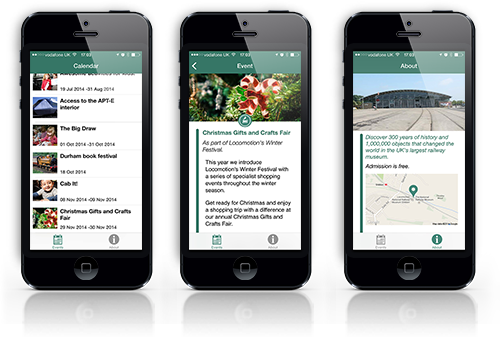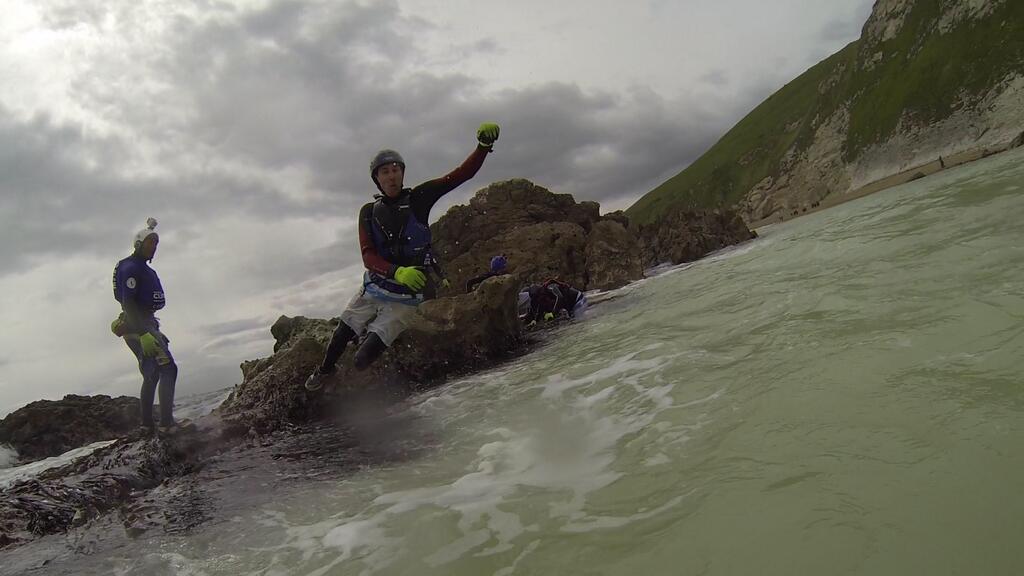I wonder if @HelloAppChaps could build a museum app inside of the two days that #museumnext is running for…
— Ben Mawhinney (@BenMawhinney) June 18, 2014
Last month, The App Chaps attended the Museum Next conference, here in our home town of Gateshead, by the banks of the River Tyne.
I wanted to attend the event as it’s always been a sector that has had a particular resonance with me – after all, when you have a three year old boy, you tend to visit a lot of museums.
We also worked with Sumo, the conference organisers, on the Rambling On app for the Museum of East Anglian Life last year and put together a proposal for the National Museum of Scotland to promote their Mammoths of the Ice Age exhibition.
Now, one of the threads that seemed to run through the conference was about apps and their suitability for a museum’s audience. I think there was a growing realisation from some sectors that just creating an app for the sake of having an app on the app store, or to tick some kind of box in the marketing plan wasn’t such a good idea. Visitors need something that adds value to their experience, or helps them to connect & create those experiences. If you saw Colleen Dilenschneider’s talk at Museum Next all about ‘touch’ then you’ll know what I’m talking about. Actually, there’s a feature in this app that was actually included on her recommendation because she suggested it was a good idea. More on that later.
Anyway, we decided that we would put our money where our mouth is and show you that it’s possible to achieve something worthwhile, which adds to your visitor experience, without having to spend five or six figures in order to validate your idea. We built and published this app during the two days that the conference was running for. Yes, technically we had a couple of people working on it at the same time, but you should get the idea. You can achieve quite a lot in a relatively short space of time if you know what you’re setting out to achieve. In terms of time, the bit that took the longest was getting a decent events feed together. We wanted to make sure that the app had no additional overhead going forward, so taking the current events on the website and passing them through into the app was an essential component to keep the administration overheads down.
So, what’s next? We’ve integrated Bluetooth into the app so that we can get some metrics on how many people who download the app then go on to visit the museum in the real world. It will be really interesting if we can see if we can link some of the archive footage to some of the exhibits, so that we can use the screen in a visitors’ pocket to provide additional context.
The museum buildings are quite spread out over the site, so we’re planning to include a map so that you can see where the key collection buildings are in relation to each other and the facilities on the site. There’s also a feed of museum related activity we’d like to include – to make their existing social media content work a little bit harder.
Now, there are a couple of things that we intend to do to make the app even better. One, is to sort the events out so that they appear in a chronological order. Seems pretty obvious, but that’s the problem when you’re scraping data from a website. If your organisation has properly structured data, with meta data (data about data) describing the elements of each event, then we should talk!
Events really do need to be categorised into Single Events (one off events), Continuous Events (that run every week, or every month, or every second Thursday of the month) and events that have a start & end date (and run for multiple days).
App facts
Length of the project: Two days’ development, one day of design
Companies involved: The App Chaps Ltd., design & development
Size of the team: One full-time iOS engineer, one full-time back-end engineer, one full-time designer, one full-time project manager & me.
You can could download the Locomotion app for Android from the Google Play store.
You can could also download the app for iOS from the App Store.
*Not any more, once we shut the company down, we stopped publishing on the app store.







